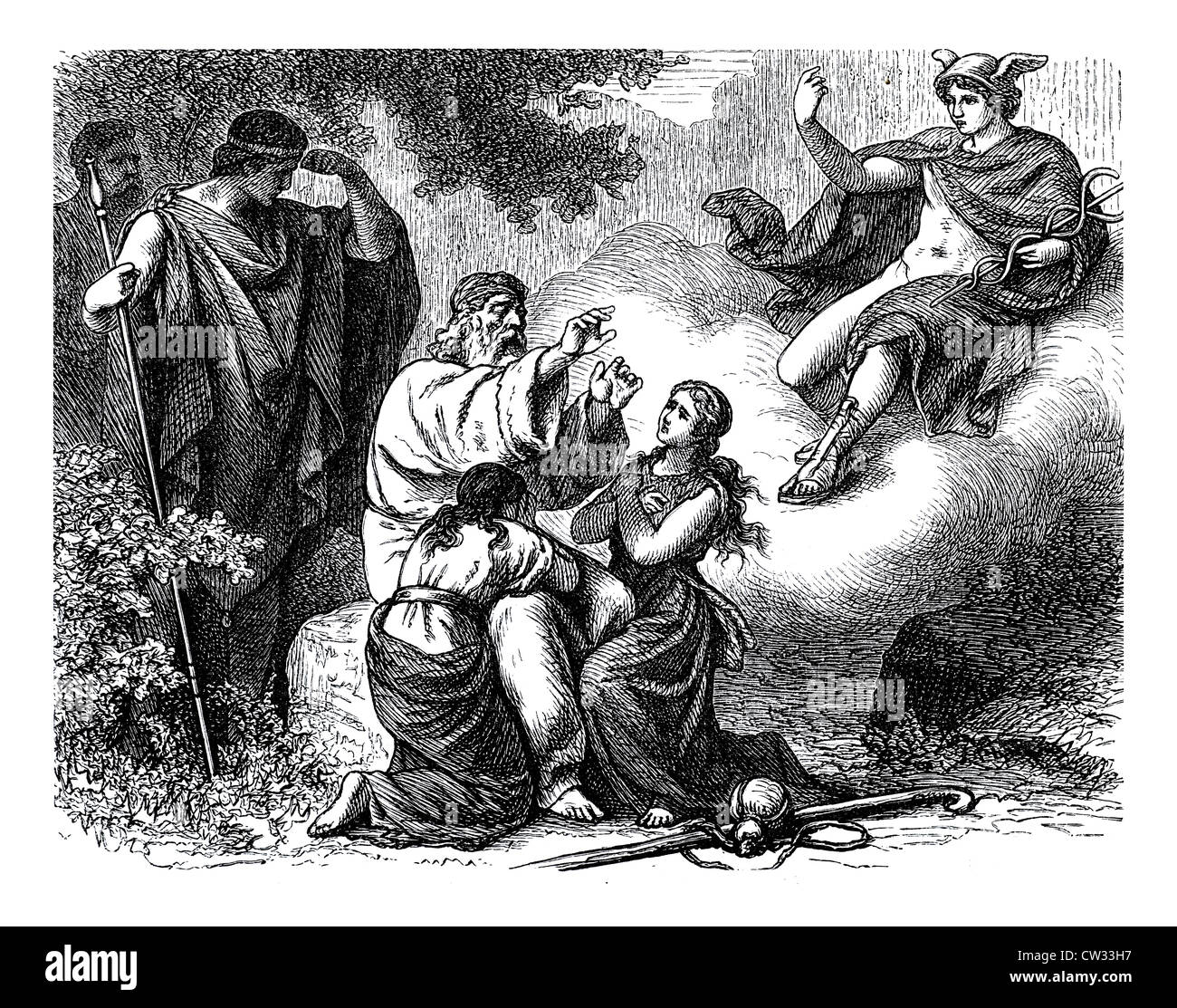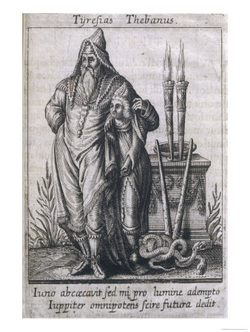
Ettinger is critical of Lacan’s premise that (a) Woman doesn’t exist but is, rather, a symptom of man or an object cause of desire and (b) that there is no sexual relation and thus an unavoidable sexual impasse between the sexes. She gives sustained attention to Lacan’s later writings where he wrestles with questions about the Feminine and the Other jouissance. Ettinger’s oeuvre gives us a critical supplement to Lacan’s analytic of sexuation. Ettinger’s (2006a) formulation of the matrixial borderspace. What would psychoanalysis look like if it were written from a Tiresian perspective? What knowledge does Tiresias possess that would trouble the existing order of psychoanalytic theory¾ particularly those paradigms circumscribed by Oedipal stories without due regard for others in the family romance? In what follows, I answer these questions using Bracha L. As Patricia Gherovici (2011) writes in her discussion of transsexuality and the clinic, “Psychoanalysis needs a sex change” (p. It is incumbent upon psychoanalysis to invest in other non-Oedipal characters and myths, particularly those involving trans characters. Oedipal dramas are not the only psychic struggles enacted on stage and the collateral damage done by the negation of an Other sex difference under the auspices of Oedipal psycho-sexual development is increasingly well established. If Antigone (in the Sophocles play by the same name) challenges heteronormative kinship structures as Judith Butler (2010) claims, and Tiresias¾ the Theban diviner in both Antigone and Oedipus the King ¾ challenges cisgender norms of psycho-sexual development as I argue in what follows, these characters can push psychoanalytic theorizing beyond a normalizing frame. Moreover there are only rudimentary tools available to theorize transgender (trans) subjectivity outside psychosis in the Lacanian frame. While Lacanian feminists have explained that the Woman (who doesn’t exist) is not a sexist equation made by Lacan, but a logical formulation structured by the real limit of language (Copjec 1994), her more fragile existence in the Symbolic has troubled many theorists seeking to understand the Feminine as something other than not-all. Specifically, the Feminine tends to be associated with passivity, as Freud tells us, or the Woman is said not to exist, as Lacan claims. Although Freud and Lacan give us important psychoanalytic tools to theorize desire, identification, phantasy, and Oedipal sexual difference, their focus on the phallic axis of difference has been subject to feminist psychoanalytic critique (Ettinger, 2006a). As a result, we have sophisticated understandings of sexual difference within the domain of natal male masculine identification and phantasy, but only nascent understandings of an Other sexual difference beyond the phallus.

Oedipus preoccupies Sigmund Freud to the point where he uses the Oedipal myth almost exclusively to understand the human psyche. If psychoanalysis has a founding myth it is the story of Oedipus the King. Tiresias, the one who ought to be the patron saint of psychoanalysis…(Lacan 2014, p. Psychoanalytic theorists need to invest in non-Oedipal characters and myths, particularly those involving trans characters, to cultivate trans-positive and ultimately feminist analytic discussion and debate.

My application of Ettinger’s theorizing to Tiresias and ultimately, to trans sex specific theorizing, offers a way to think about gender variance and the Feminine in relation to an Other (non-phallic) axis of difference. Moreover, some Lacanians view the Woman to be in closer proximity to psychosis than the man. There is a tendency in Lacanian psychoanalysis to theorize trans subjectivity in terms of psychosis.

Ettinger’s theory of the matrixial is a critical supplement to Jacques Lacan’s work on Feminine sexuality where he, admittedly, has difficulty conceptualizing the Feminine dimension. Ettinger’s (2006a) work on the matrixial borderspace, I show how there is an Other axis of sexual difference that conjures-up a transgender sex specific difference of relevance to trans studies and psychoanalysis. Using Israeli feminist psychoanalytic theorist, Bracha L. This article asks what psychoanalysis would look like had it been conceptualized from a Tiresian, as opposed to an Oedipal, perspective.


 0 kommentar(er)
0 kommentar(er)
